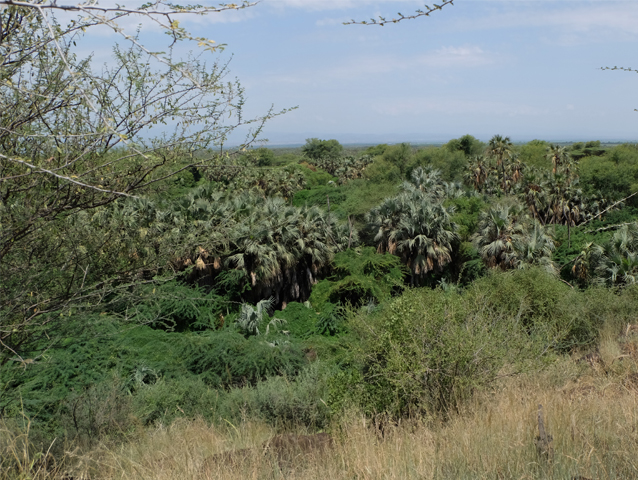
Springs, palm groves, and the record of early hominins in Africa
- Post by: Doris Barboni
- May 6, 2019
- Comments off
In this paper we explore the importance of groundwater-fed micro-habitats in Eastern Africa and provide new pollen and phytolith data to evaluate how well spring-associated wetlands, palm groves, and forests can be identified in the fossil record. We also show that >50 archaeological and paleoanthropological sites (from 22 geographically distinct areas) in Africa and beyond were found associated with geological evidences for groundwater. Groundwater-fed zones in arid regions are ecological keystones which offer distinct microclimates, distinct vegetation, increased arboreal cover, and species richness. During the Late Pliocene, when increased aridity favored the expansion of open xeric habitats, edaphically-sustained woodlands likely represented hydro-refugia for many animals, including early hominins.
This paper is a contribution to a special issue of Review of Palaeobotany and Palynology on “Paleofloras, paleovegetation and human evolution” (Eds J.S.Carrión, L.Scott, P.deMenocal).

